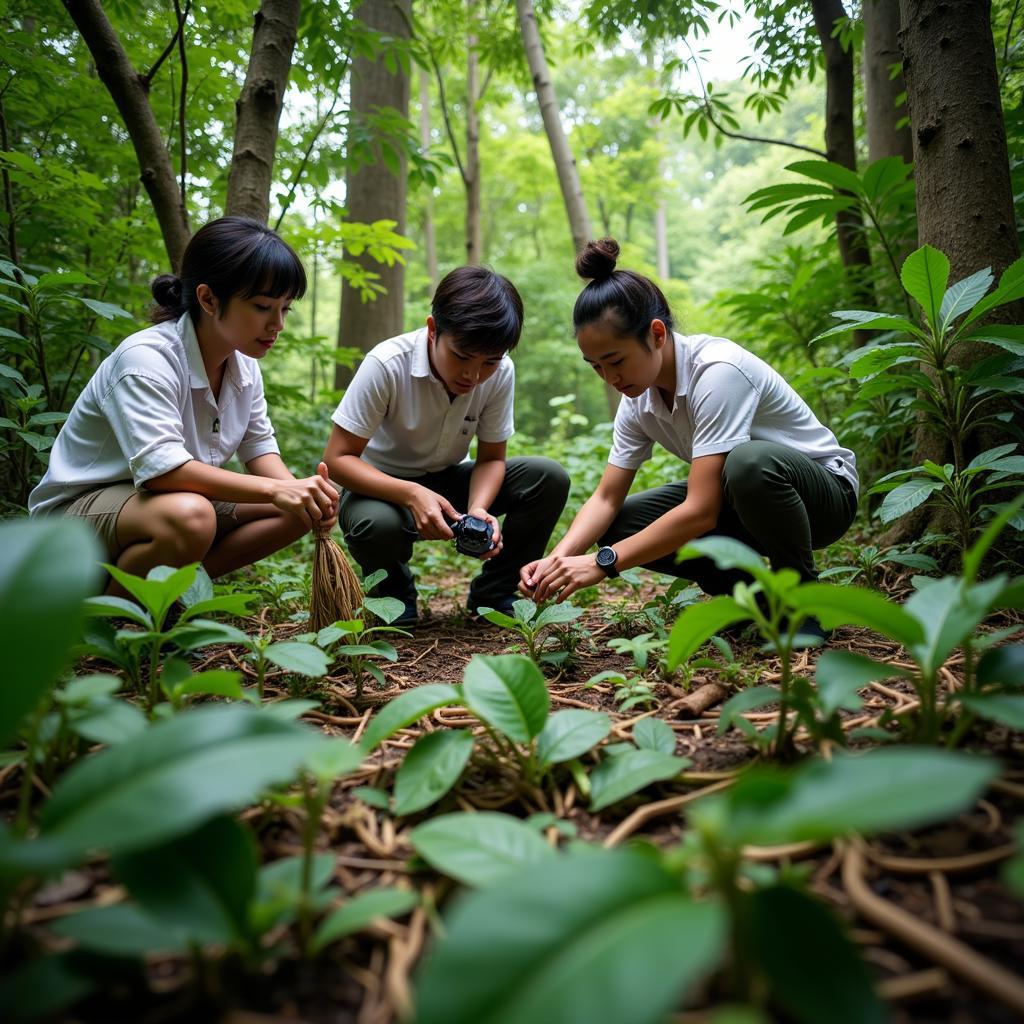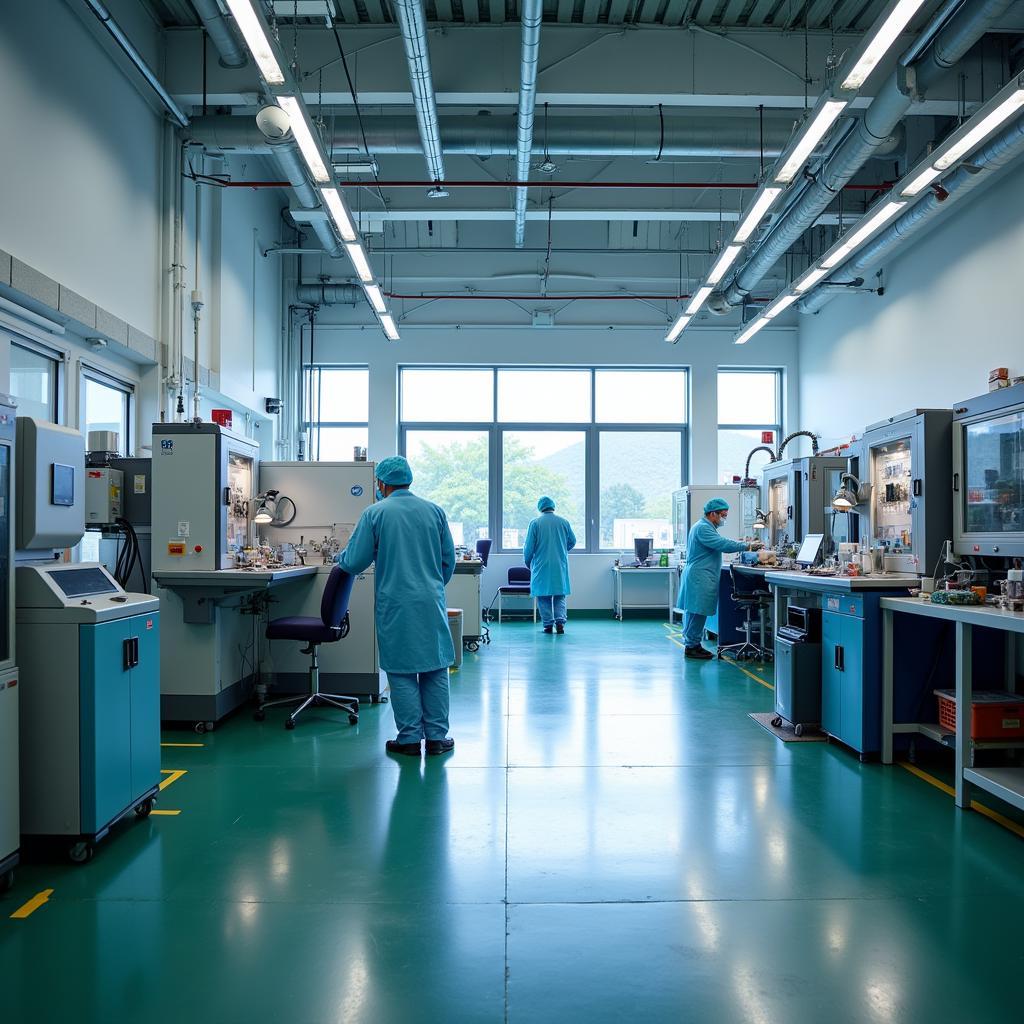ASEAN biodiversity is a treasure trove of unique species and ecosystems, facing numerous threats. UPLB plays a crucial role in conservation efforts. The university’s expertise and research contribute significantly to protecting this rich natural heritage for future generations. Understanding the importance of ASEAN biodiversity and UPLB’s contributions is crucial for fostering sustainable development in the region.
The Importance of Biodiversity in ASEAN
Southeast Asia is one of the world’s most biodiverse regions, housing a stunning array of plants and animals. This rich biodiversity provides essential ecosystem services, including clean water, fertile soil, and climate regulation. It also supports livelihoods through agriculture, tourism, and other industries. However, this precious biodiversity is under increasing pressure from deforestation, habitat loss, and climate change. Protecting ASEAN biodiversity is not just an environmental issue; it’s crucial for the region’s economic and social well-being.
Protecting biodiversity is essential for maintaining the delicate balance of our ecosystems. The loss of even a single species can have cascading effects throughout the food chain, impacting other species and the overall health of the environment.
UPLB: A Champion for ASEAN Biodiversity
The University of the Philippines Los Baños (UPLB) has long been a leader in biodiversity research and conservation in Southeast Asia. The ASEAN Center for Biodiversity (ACB) is hosted by UPLB, demonstrating the university’s commitment to regional cooperation in biodiversity conservation. UPLB’s research programs focus on understanding the complexities of ASEAN ecosystems, identifying threats, and developing sustainable solutions. The university’s expertise in areas such as forestry, agriculture, and environmental science is invaluable in addressing the challenges facing ASEAN biodiversity.
UPLB’s dedicated scientists and researchers work tirelessly to understand the intricate web of life within ASEAN’s diverse ecosystems. Their research not only helps us understand the current state of biodiversity but also provides valuable insights into how we can protect it for future generations.
 UPLB's Biodiversity Research Initiatives
UPLB's Biodiversity Research Initiatives
How UPLB Contributes to ASEAN Biodiversity Conservation
UPLB’s contributions to ASEAN biodiversity conservation are multifaceted. The university conducts cutting-edge research, trains future conservation leaders, and partners with local communities to implement sustainable practices. UPLB also plays a key role in developing policies and strategies for biodiversity conservation at the national and regional levels. Through its work, UPLB helps empower ASEAN member states to protect their natural heritage.
The ASEAN Center for Biodiversity (ACB), based at UPLB, acts as a hub for regional cooperation in biodiversity conservation. ACB facilitates information sharing, capacity building, and joint projects among ASEAN member states. This collaborative approach strengthens regional efforts to address shared biodiversity challenges.
asean center for biodiversity uplb
 UPLB's Community Engagement in Biodiversity Conservation
UPLB's Community Engagement in Biodiversity Conservation
Conclusion: Securing ASEAN’s Natural Heritage
ASEAN biodiversity is a vital resource that needs to be protected. UPLB’s crucial role, through research, education, and community engagement, is instrumental in safeguarding this natural heritage. By investing in biodiversity conservation, ASEAN can ensure a sustainable future for its people and the planet. Supporting UPLB’s efforts and fostering regional collaboration are essential steps towards achieving this goal.
FAQs
- What is the ASEAN Center for Biodiversity (ACB)?
- How does UPLB contribute to biodiversity research?
- What are the main threats to ASEAN biodiversity?
- How can I get involved in biodiversity conservation efforts?
- Why is biodiversity important for ASEAN’s economy?
- What are some examples of UPLB’s research projects on biodiversity?
- How does UPLB collaborate with other institutions on biodiversity conservation?
Scenarios and Questions
Scenario 1: A student interested in studying biodiversity conservation.
- Question: What programs does UPLB offer related to biodiversity conservation?
Scenario 2: A researcher looking for data on ASEAN biodiversity.
- Question: Where can I find datasets and research publications on ASEAN biodiversity from UPLB?
Scenario 3: A community leader seeking support for a local conservation project.
- Question: How can my community partner with UPLB on biodiversity conservation initiatives?
Further Resources
- Check out other articles on ASEAN biodiversity on our website.
- Explore the website of the ASEAN Center for Biodiversity UPLB.
Need support? Contact us at Phone Number: 0369020373, Email: [email protected], or visit our address at Ngoc Lien Village, Hiep Hoa, Bac Giang, Vietnam. Our customer support team is available 24/7.

